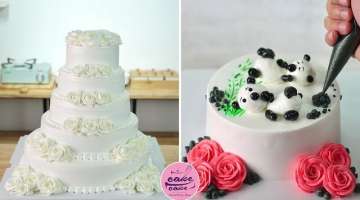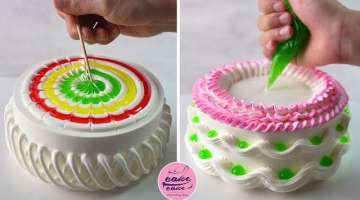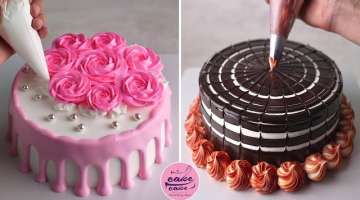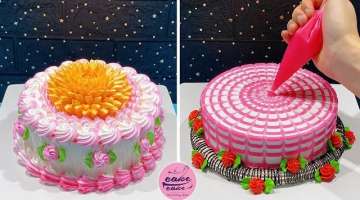Traditional style kitchen design ideas with modern touch
As the hub of daily life, the kitchen should be designed around its users. Of course, its functional purpose has to be a priority, but in a room with multiple uses, there’s much more to consider than the ‘kitchen triangle’ of food storage, preparation and cooking
- 1 | 7

The kitchen is a social space where family and friends get together over a meal or a drink. For many it’s an extension of the living room – a place for the kids to finish their homework with a cosy corner where you can watch TV.
- 2 | 7

And while a dining area is important to most people, that could mean anything from a vintage refectory table to a streamlined breakfast bar. The secret is to create a clever space which works around your lifestyle.
- 3 | 7

There is a real sense of honesty in the design of the traditional kitchen. Its primary function as a place to cook and enjoy food is celebrated with the display of all kinds of functional pieces, such as shiny copper pans hanging from a rail, stacked china and clusters of glassware
- 4 | 7

Even herbs and vegetables have a place in the arrangement, dried and tied up with twine or piled high in a wicker basket. Every item helps to add unique character in a room that’s constantly evolving and is packed with personality.
- 5 | 7

All sorts of changes and developments have transformed our homes over recent generations, but the idea of a welcoming and practical space has enduring appeal. The beauty of a traditionally styled kitchen lies in its flexibility. Furniture designed for other areas can be successfully incorporated, broadening its scope as a general living space
- 6 | 7

An antique display case intended for a formal drawing room looks great packed with everyday tableware, and a wing-backed chair can be pulled up next to the warmth of the range stove instead of an open fire. A table (or island unit) is the hub of the traditional kitchen. And like the room itself, it’s likely to be a multi-functional place where vegetables are chopped, meals are eaten, and conversations take place.
- 7 | 7

Whether you favour the warm eclecticism reminiscent of a snug farmhouse or prefer the simple metal and enamel accents of a pared-back utilitarian look, there’s plenty of room for individuality. Even a pure-white traditional kitchen is far from clinical, thanks to hand-made objects and antiques which promote a sense of craftsmanship. Age-old materials such as wood and flagstones guarantee a timeless appeal; while inherited items, from a favourite cookbook to a mixing bowl handed down through generations, create a comforting sense of nostalgia.



















